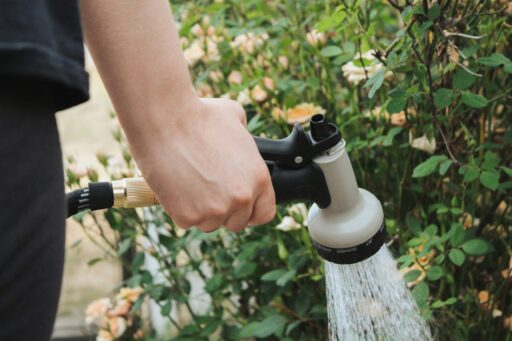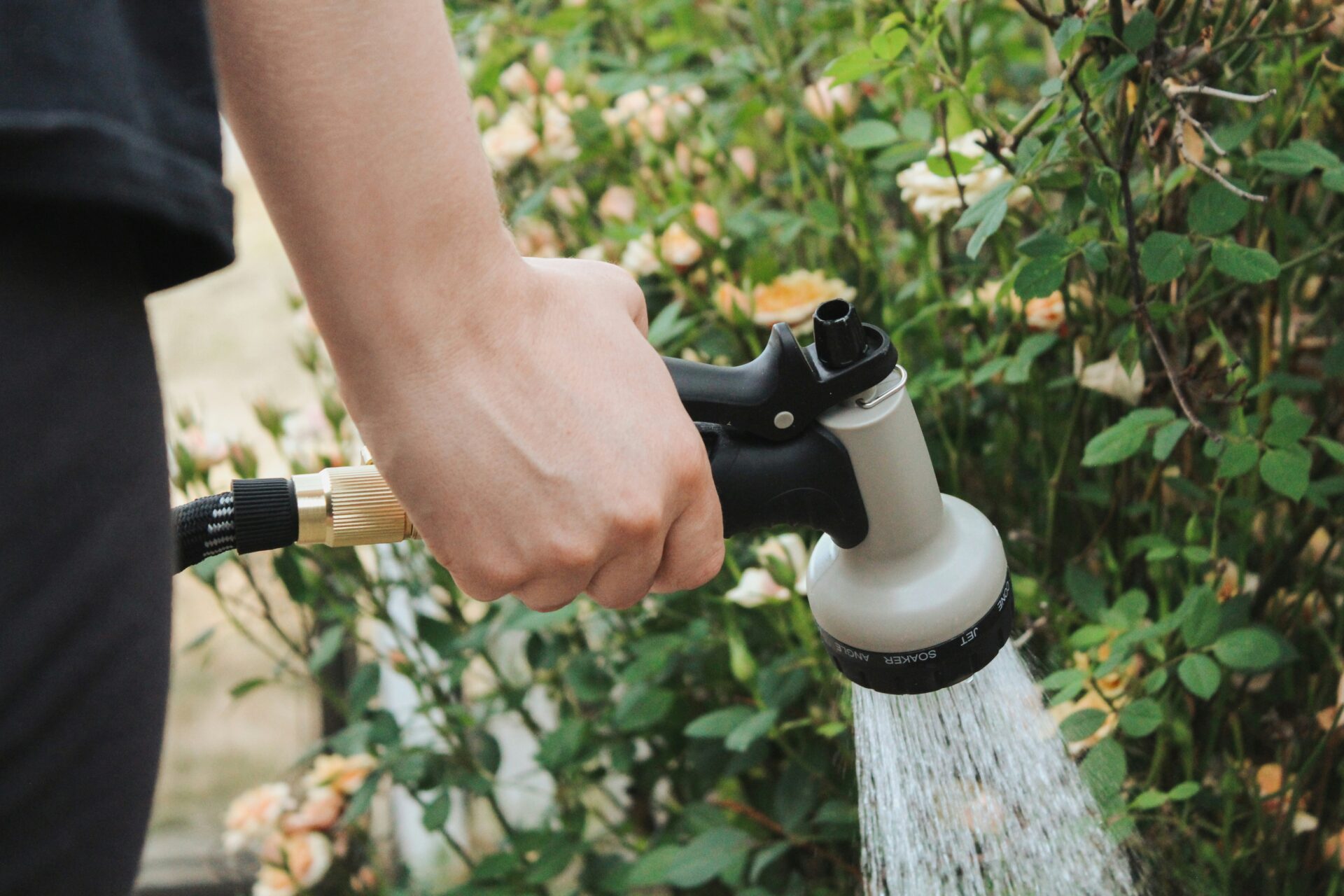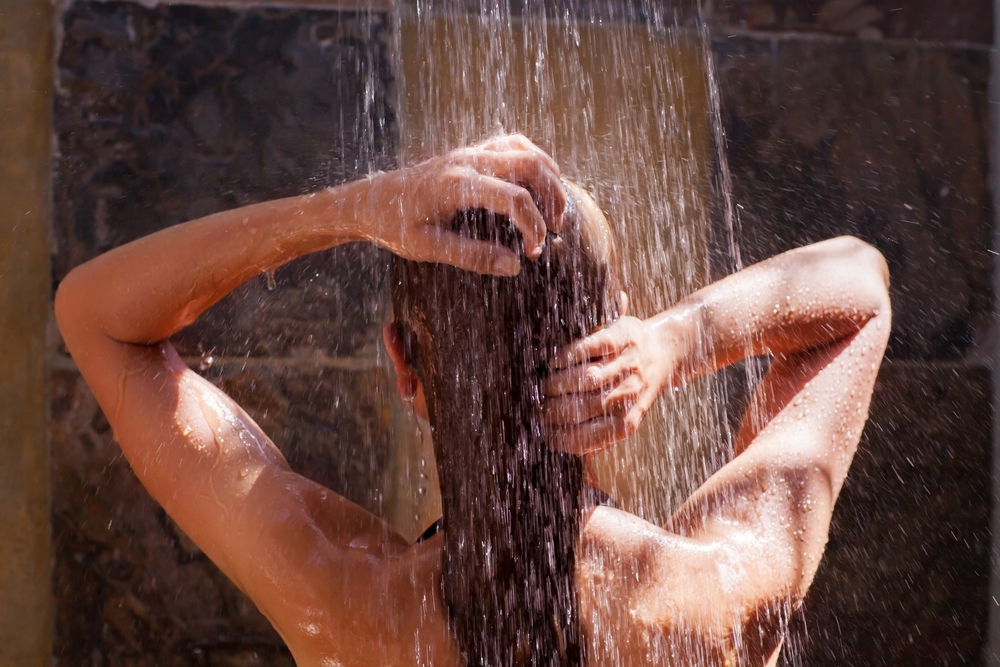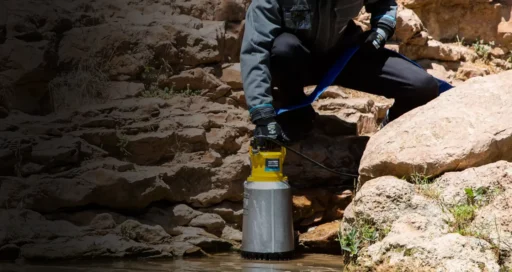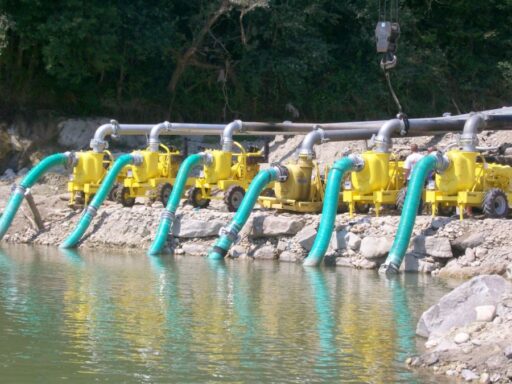Garden pumps are an essential component in keeping your garden fresh, green, and clean. There are different types of pump, namely submersible and external – but the basic premise of how they work is relatively similar. This article aims to give a brief explanation of how garden pumps work and outline their various functions.
Anatomy
A submersible garden pump’s primary component is its impeller which moves the water through the water intake pipe and the water outlet pipe. The intake pipe is connected to inbuilt filters which clean the water as it passes through before being re-distributed via the outlet pipe.
The pump is often powered by an electric motor which is why it is essential that a submersible pump is entirely waterproof. The electricity flows through wires in an enclosed block to separate the current from any possible contact with the water – thus ensuring personal safety.
It is the electric motor which turns the impeller, and the vanes of the impeller discharge the water with each revolution. Due to the impeller’s high speed, the flow of water appears continuous. In terms of composition, the garden pump is perhaps one of the most straightforward desgins.
Submersible or Non-Submersible
A submersible pump is relatively easy to grasp. The pump is placed beneath the surface of the water, meaning it is suited to gardens where space is at a premium. Submerging the pump creates a more aesthetically pleasing result since there is minimal machinery exposed.
An exposed non-submersible pump sits to the side of the pond and has a more complex installation process. Before activating the pump, you need to make sure that the pipes contain water to ensure the pump does not begin by sucking air. It is also advisable to have secure housing for your external pump in order to separate it from small children and sunlight.
Function
Garden pumps can be utilised in numerous ways. Firstly, they can be used to maintain your garden’s water features, for example, a pond or a fountain. A pump will keep the water circulating around your pond, this keeps the water fresh and helps prevent the build-up of algae. In this regard, a filtration pump is ideal because it aids the oxygenation of the water. Garden pumps are exceptional at keeping water running and preventing stagnation.
A garden pump can also be used to water the lawn since the installation of a pump allows you to transfer large amounts of water to different areas. This feature can also be used to fill a pool elsewhere in the garden.
In summary, garden pumps are a beneficial addition to your garden – especially if you are considering creating a water feature or already have one that requires maintenance. Garden pumps come in varied forms and offer a range of possibilities, one is sure to fit your needs, and here at Pump Sales Direct, we have a selection of high-quality garden water pumps. For more information, call us on 0800 008 6405, email [email protected] , or use our contact form.

